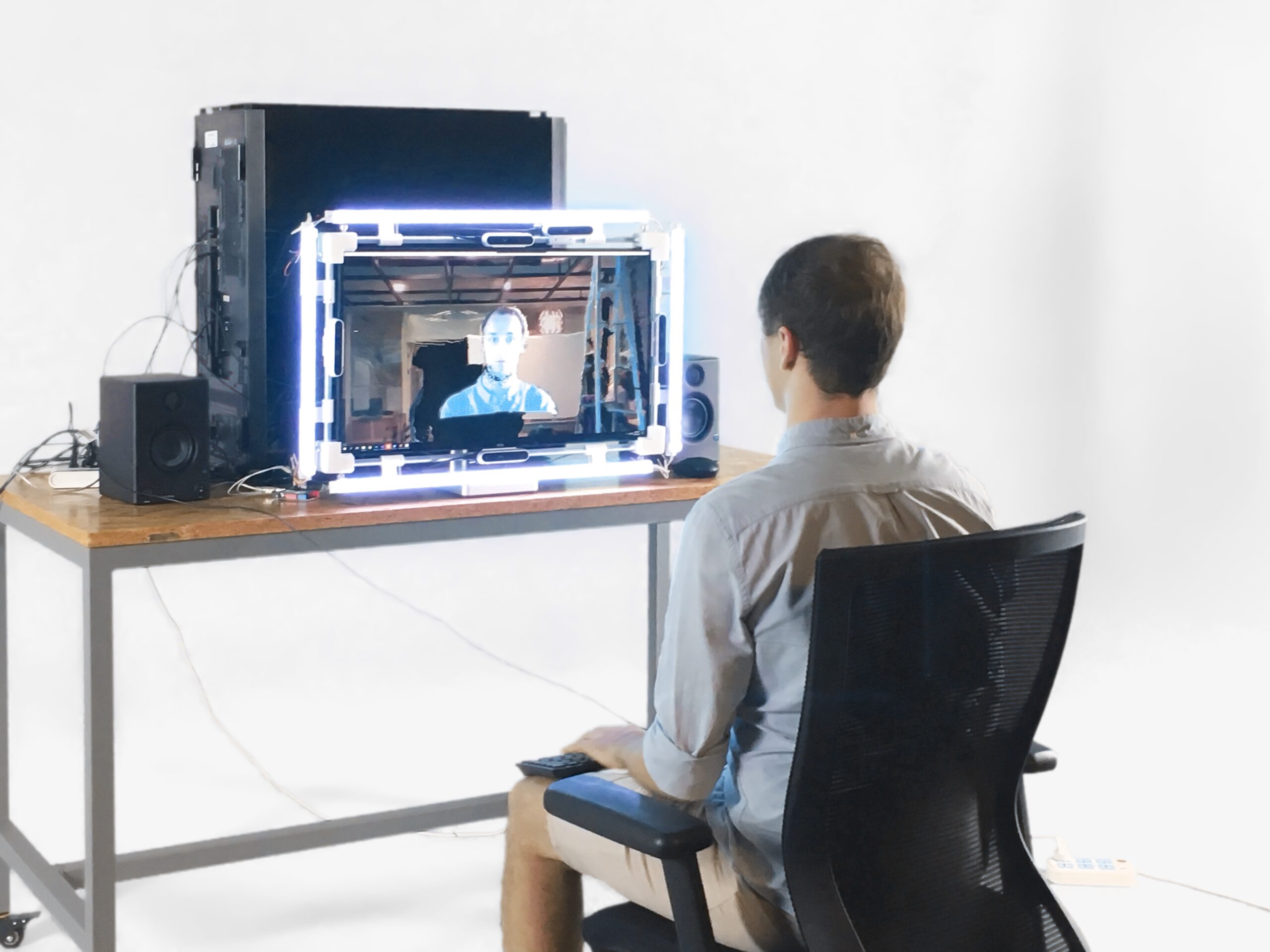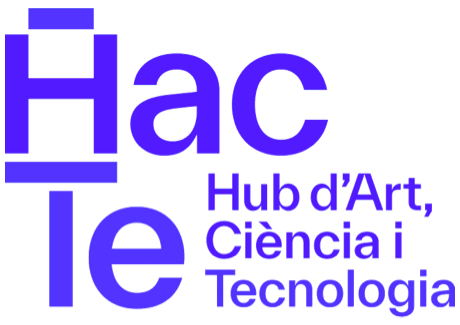'Paper'
← 'Paper'
June 15thShort paper / Telewindow: a flexible system for exploring 3d immersive telepresence using commodity depth cameras

- Abstract: Video conferencing has become an essential part of everyday life for many people. However, traditional 2D video calls leave much to be desired. Eye-contact, multiple viewpoints, and 3D spatial awareness all make video conferencing much more immersive. We present TeleWindow: a frame with mountable volumetric cameras that attaches to a display for immersive 3D video conferencing. The full system consists of a 3D display and a frame with up to four volumetric cameras. Our system was flexible conceptually as well as physically. We intended our research to be “unfettered” rather than focus and directed, e.g., for anything directly entrepreneurial and commercial: “art as unsupervised research”. In contrast to similar work, our focus was on making an accessible system for exploring immersive teleconferencing so cost of materials and required technical knowledge is kept to a minimum. We present a technical baseline for immersive, easily replicable 3D teleconferencing.
- Biography: David Santiano is a researcher and technologist that likes to perform scrappy and artsy research to explore possible and impossible avenues in new media and technology.
Cameron Ballard is currently completing his PhD in computer science at NYU Tandon’s Center for Cybersecurity. His current work focuses on the sociotechnical implications of social media, especially applying data science methods to understand the financial ecosystem behind online disinformation.
Before joining the Center for Cybersecurity, Cameron completed his undergraduate degree at NYU Shanghai, and stayed on as a researcher for the Telewindow project. In addition to his academic pursuits, Cameron co-founded Raditube, a research tool to study disinformation and radicalization on YouTube.
Michael Naimark is an artist, inventor, and scholar in the fields of virtual reality and new media art. He is best known for his work in projection mapping, virtual travel, live global video, and cultural preservation, and often refers to this body of work as “place representation”. Naimark has been awarded 16 patents relating to cameras, display, haptics, and live, and his work has been seen nearly 400 art exhibitions, film festivals, and presentations around the world. He was the 2002 recipient of the World Technology Award for the Arts.
Since 2009, Naimark has served as faculty at NYU’s Interactive Telecommunications Program, USC’s School of Cinematic Arts, and the MIT Media Lab. In 2015, Naimark was appointed Google’s first-ever “VR resident artist” in their new VR division. Since 2017, Naimark has served as visiting faculty at NYU Shanghai, where he taught VR/AR Fundamentals and directed research on online telepresence.
Venue
- CCCB
Montalegre, 5 - 08001 Barcelona
⟵ Return to 'Paper'





